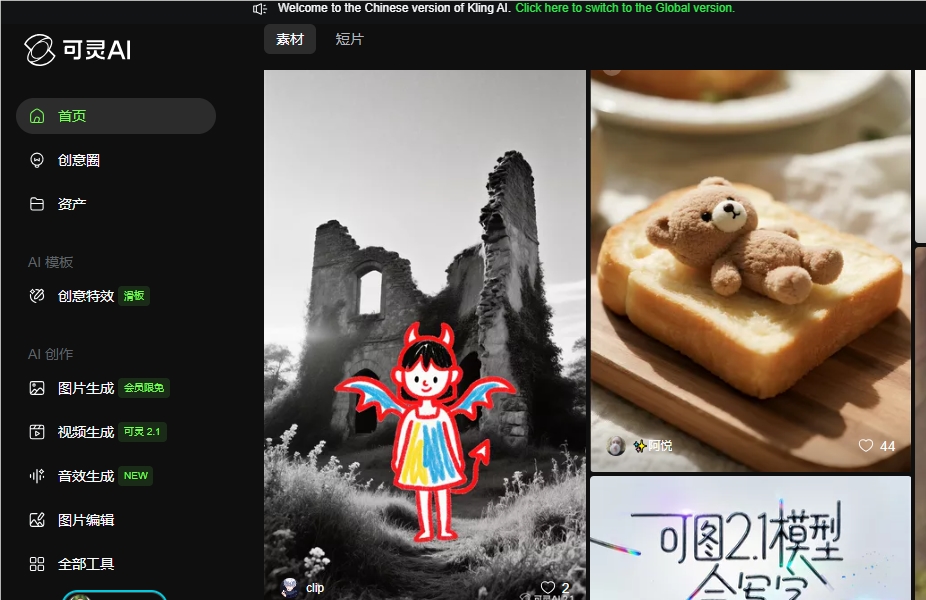Google has officially released its next-generation video generation model, Veo2, aimed at competing with OpenAI's Sora. Google claims that Veo2 demonstrates higher realism and detail in video generation. This update not only enhances video quality but also improves understanding of the nuances of real-world physics, human movement, and expressions.

The Powerful Features of Veo2
Google states that Veo2 has a "better understanding of the physics of the real world and the subtleties of human movement and expressions." It can be accessed on Google Labs' VideoFX platform, but only for those on the waiting list. Users need to register through a Google form and wait for Google to temporarily grant access at its chosen time.
Google introduced that users can select the type of video, shots, and cinematic effects according to their needs, and Veo2 will be able to generate videos with resolutions up to 4K.
In comparison, the original Veo is still available on Vertex AI, and the videos generated by Veo2 will come with Google's metadata watermark SynthID to identify them as AI-generated content.
Despite the technical advancements of Veo2, Google acknowledges that the model occasionally produces "hallucinations," such as generating extra fingers, but overall, the new version has reduced the occurrence of such phenomena.
Google stated that in its internal testing, measuring "overall preference" (which videos audiences prefer) and "prompt adherence" (how well the video matches the instructions given by human creators), human evaluators preferred Veo over Sora and other competing AI models.
Veo2 Experience Access: https://labs.google/fx/tools/video-fx
AI Video Generation Still Needs Improvement
Although AI video generation technology is continuously advancing, competition between major players like Google and OpenAI remains fierce. Some smaller companies, such as RunwayML and Luma AI, are also consistently rolling out new features to enhance their video generation capabilities.
Recently, RunwayML launched advanced control features for its Gen-3Alpha Turbo model, while Pika Labs released Pika2.0, allowing users to add their own characters to videos.
However, users' trust in AI-generated videos is still lacking. The release of Sora did not completely eliminate skepticism, with some users reporting that the generated results contained physical and anatomical inconsistencies. Additionally, during a recent gaming awards ceremony, the audience expressed dissatisfaction with the "AI chaos" of AI-generated content.
Google indicated that many users have shown great interest in Veo2, particularly some YouTube creators who are already using VideoFX to create backgrounds for their short videos to save time.
Update on Imagen3
In addition to Veo2, Google has also updated its image generation model Imagen3, further enhancing the realism and vibrancy of generated images. The new version of Imagen3 can more accurately represent various artistic styles, from photographic realism to impressionism, as well as abstract and anime styles. Additionally, the model performs better in following user instructions.
Key Points:
- 🎥 Google releases the Veo2 video generation model, claiming its video quality surpasses that of OpenAI's Sora.
- 🚀 Users can apply to use Veo2 through a Google form, choosing styles and effects when generating videos.
- 🎨 The updated Imagen3 image generation model can better express various artistic styles, enhancing user experience.









